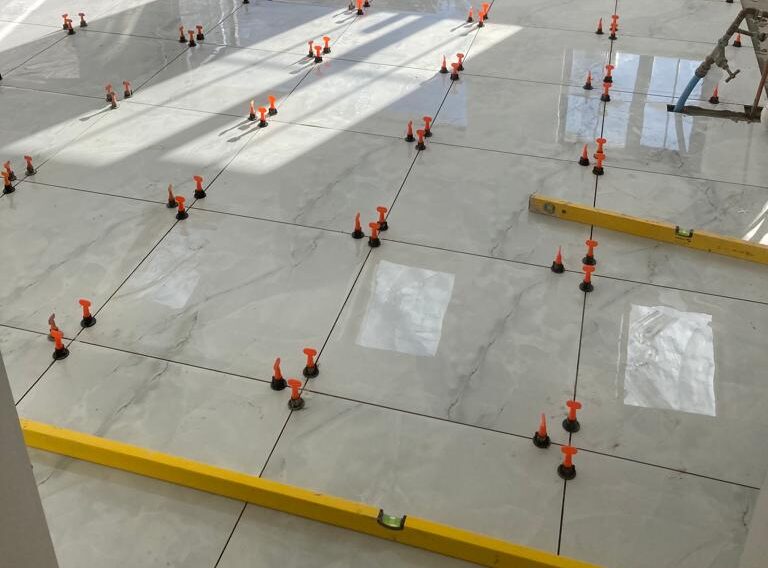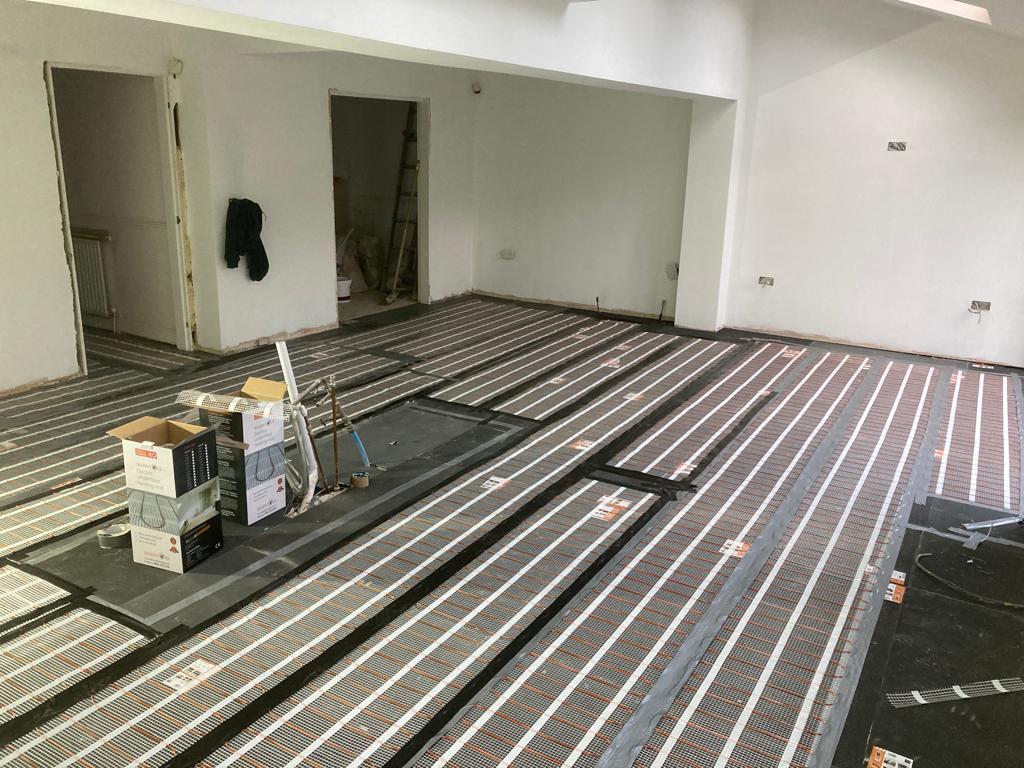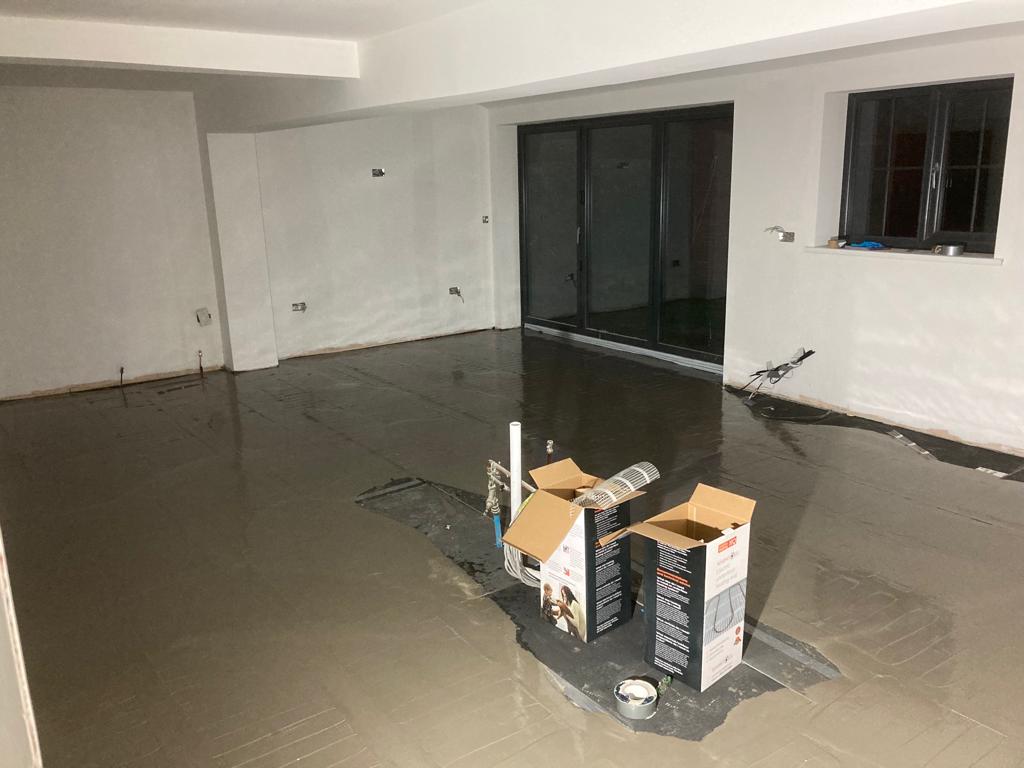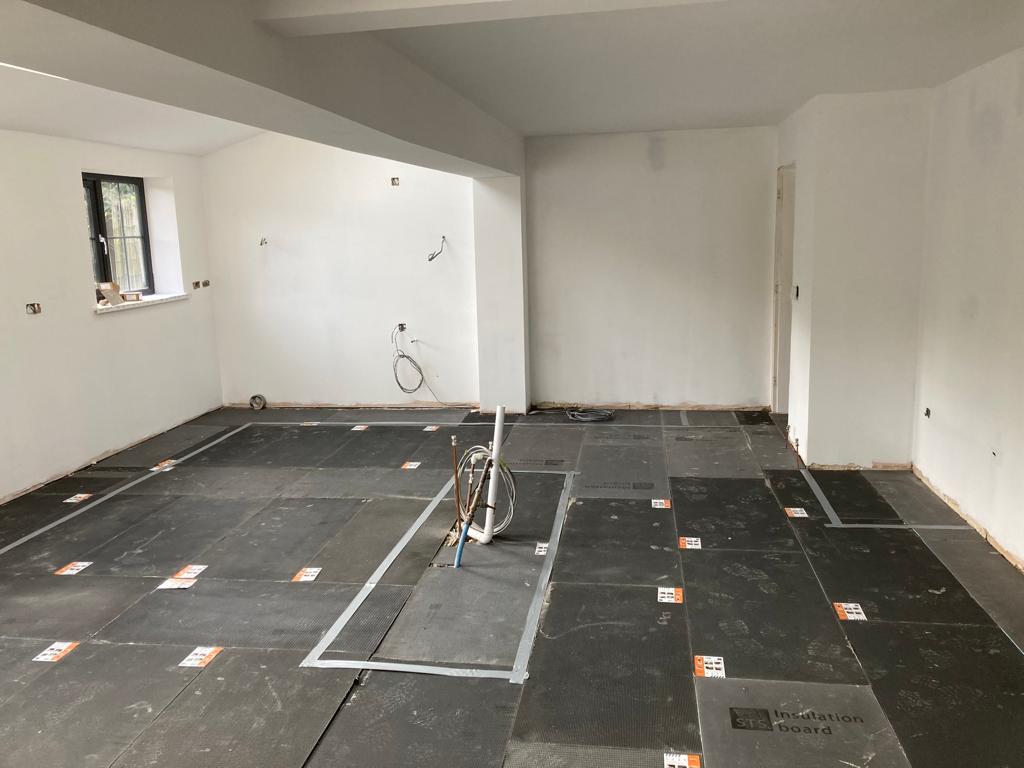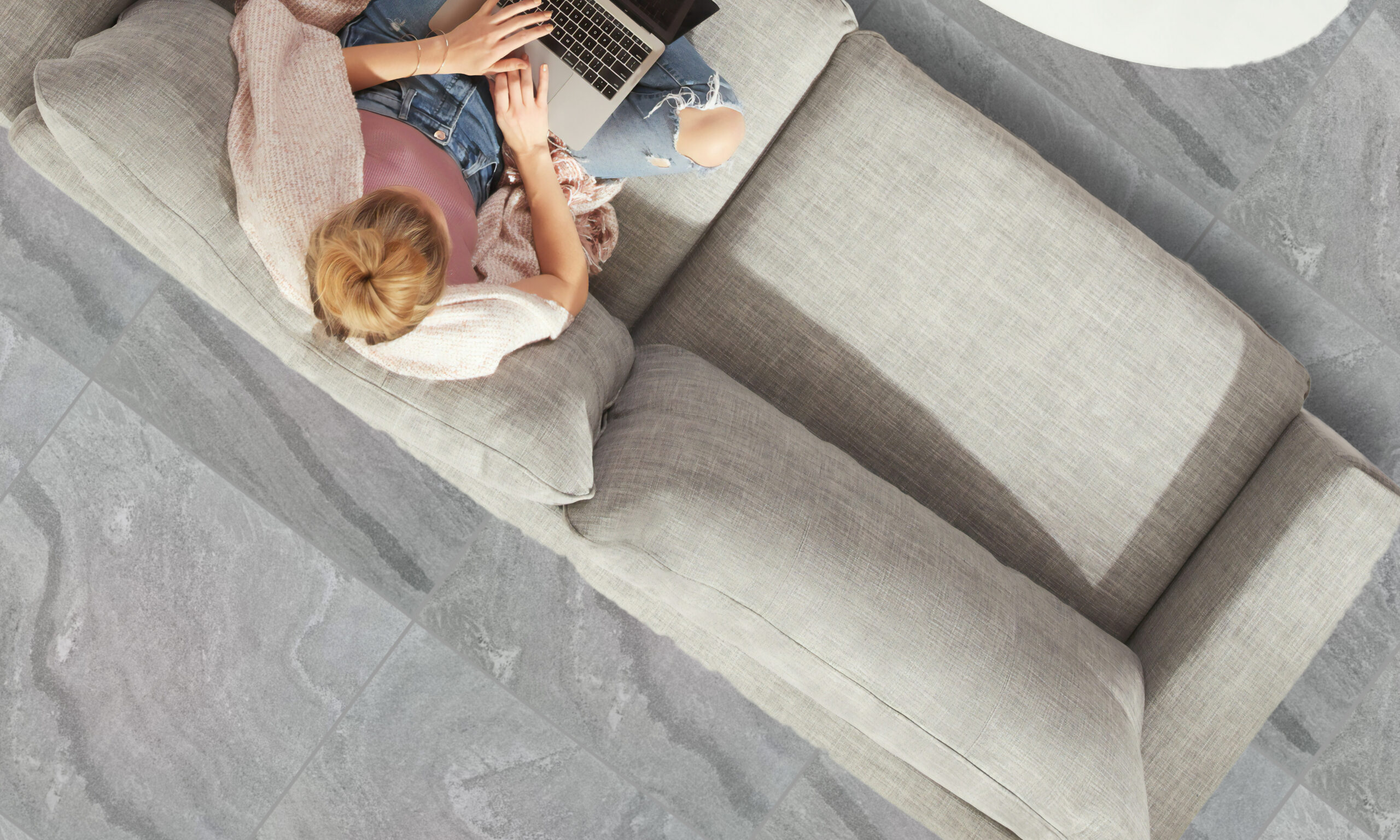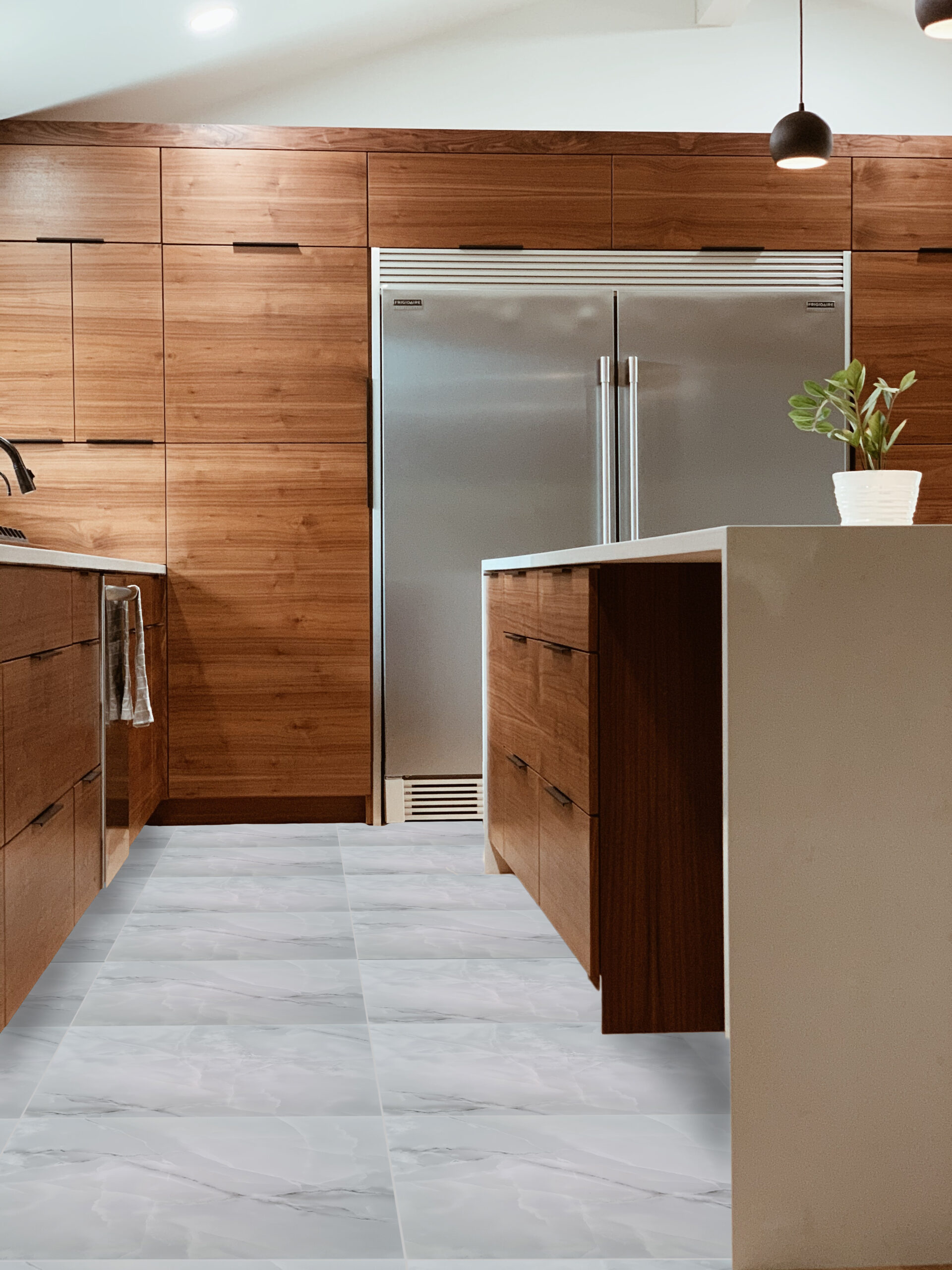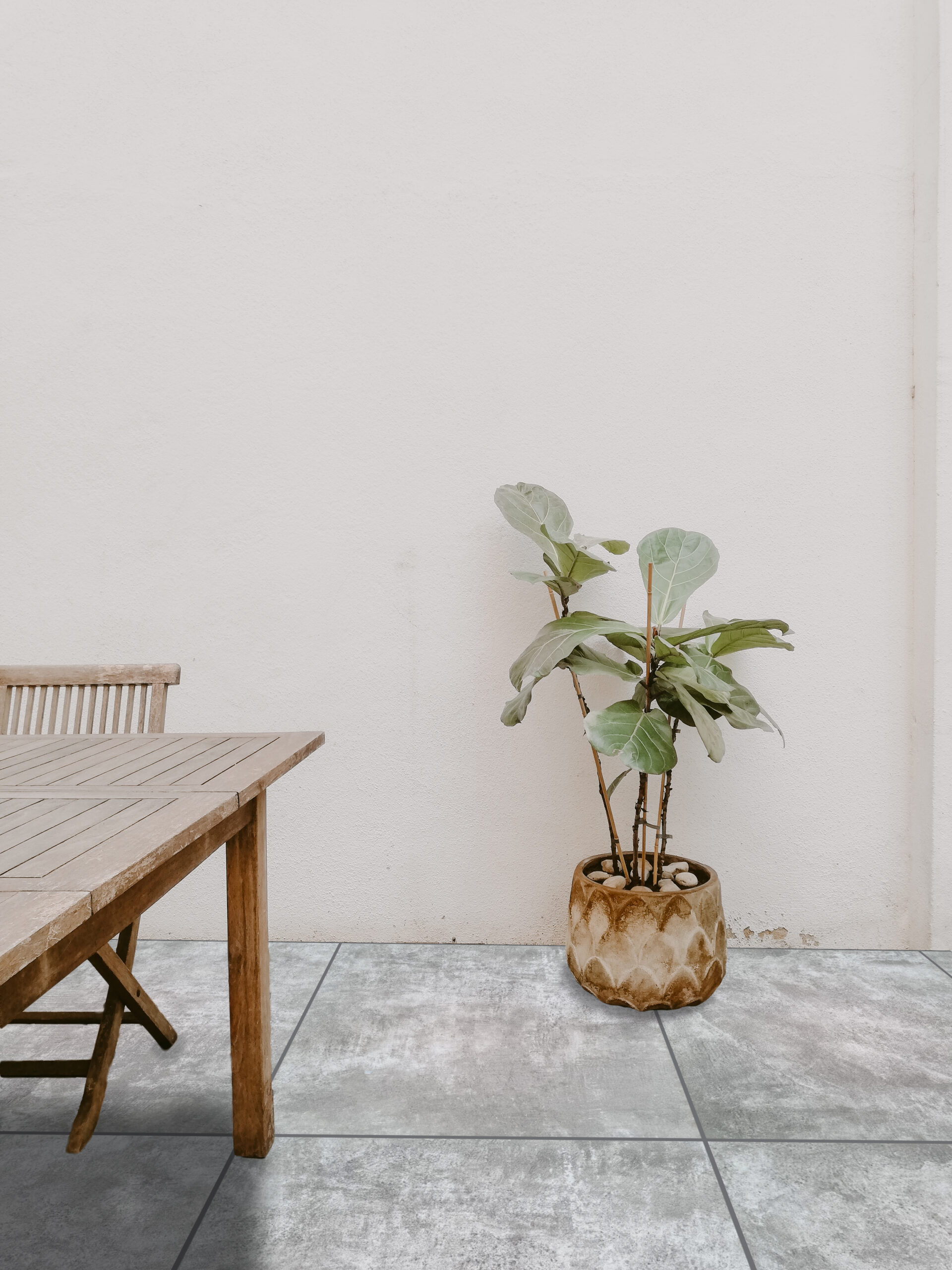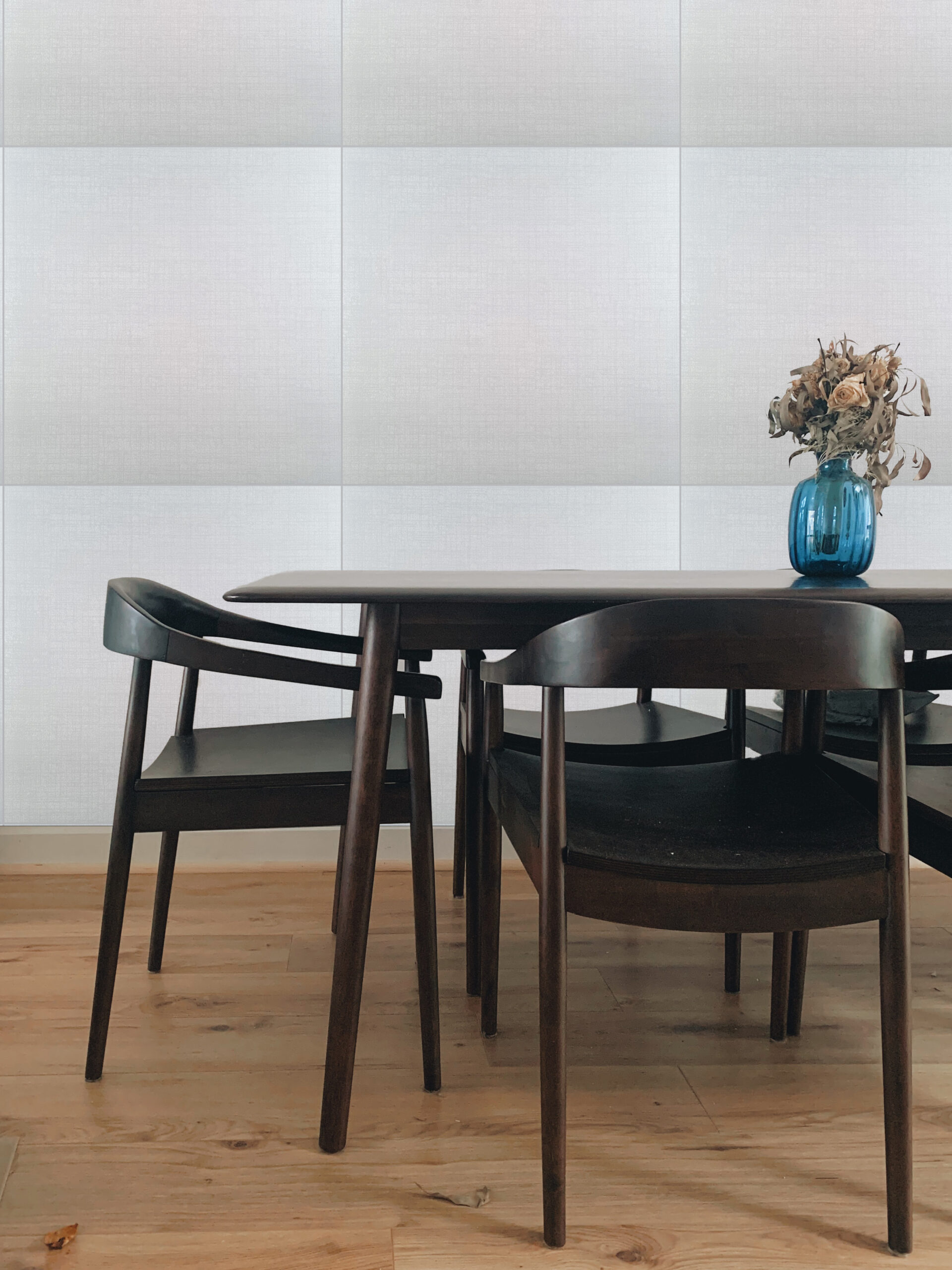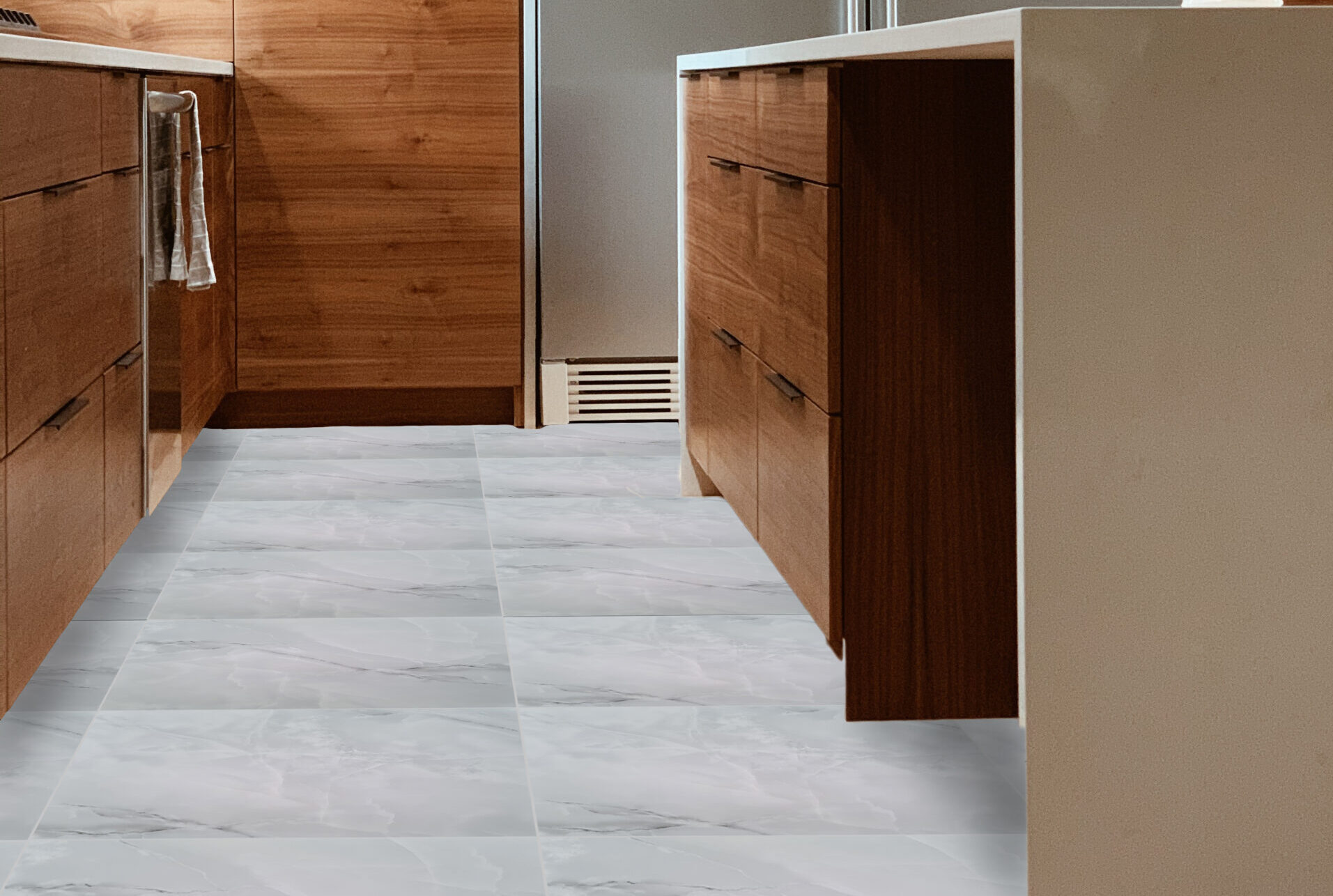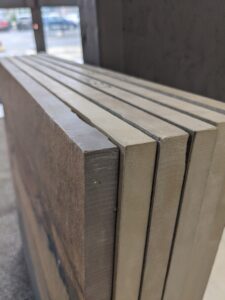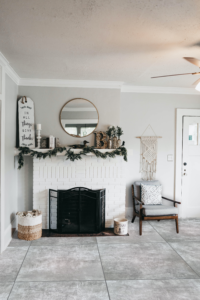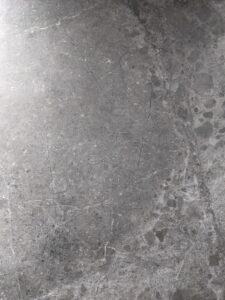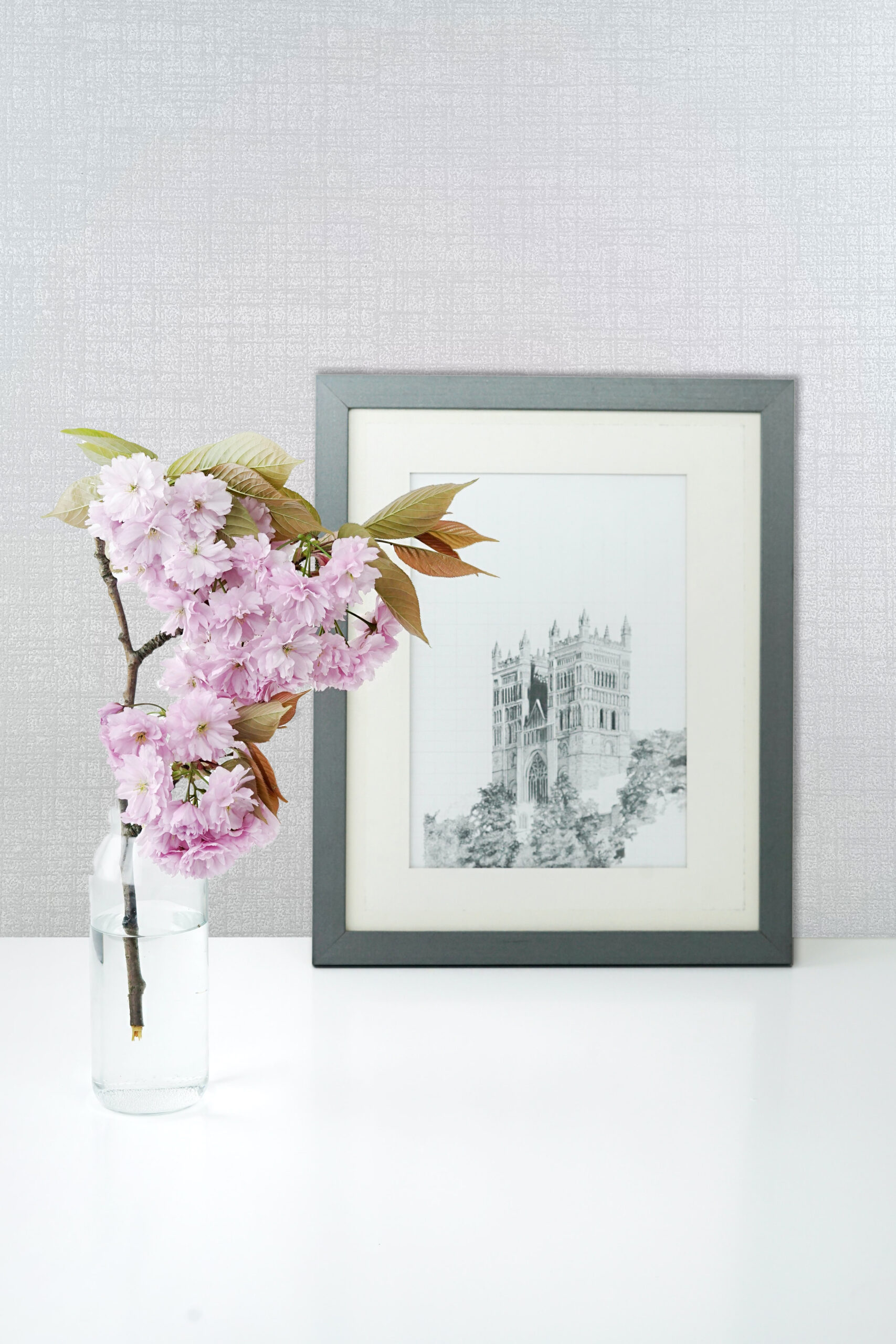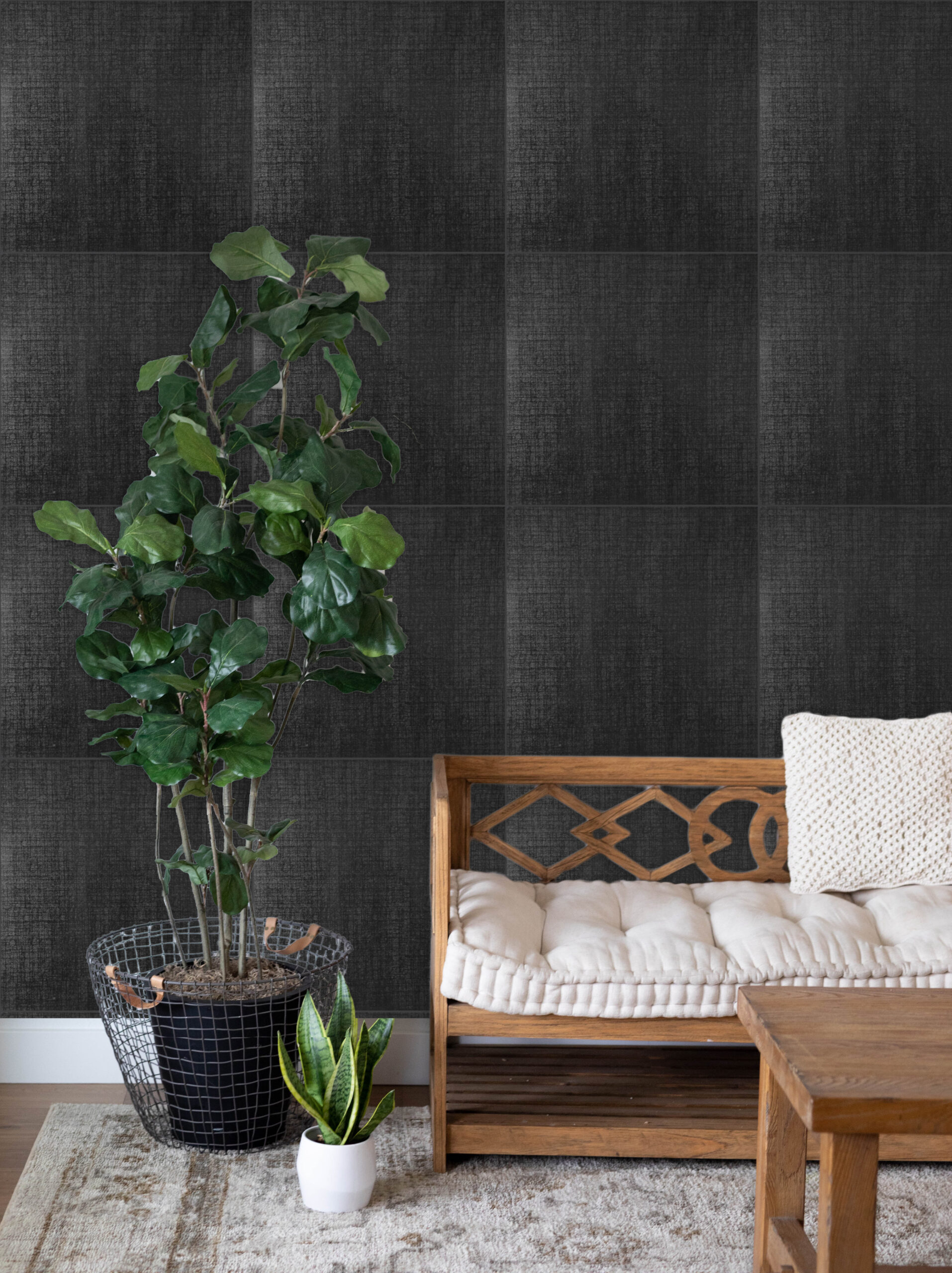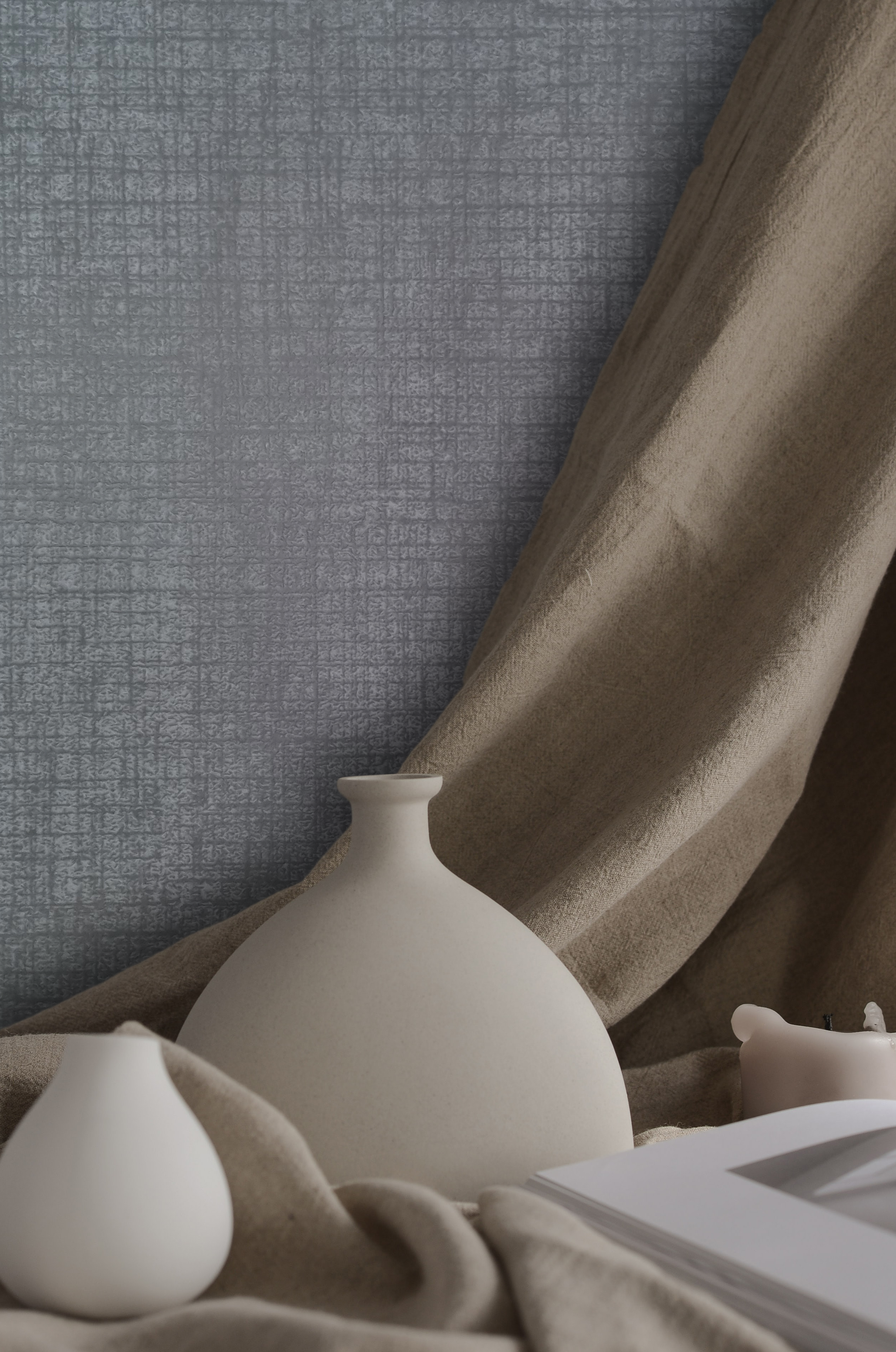
Oil
On a global scale, oil is the world’s most important commodity.This means that each country that has the largest supply of oil, has a large influence over the world. The supply of oil in the world market has an impact on its price, and these fluctuations affect consumers, especially if your country uses a lot of oil, such as the U.S.
Furthermore, oil has a lot to do with the price of commodities and services. Oil is used to power the vessels it takes to bring products across the world. Therefore, the shipping industry needs to keep a close eye on oil prices. When fuel prices are low, it’s a great time for oceanic travel. The cost is low and earnings go up. But, when oil prices soar the opposite happens. Fuel costs represent 50-60% of the total shipping costs. So, when these costs rise it has a massive effect on the shipping industry.
Currently, oil prices are rising because of a high demand in Europe. Meaning retailers are paying more than they would for the same amount of energy. This is leading to retailers having to raise prices to meet their profit margins; or take a profit cut.
Natural Gases
When it comes to natural gas storage, the UK is running low. The way that the UK gets its energy is not very diverse; this means when there is a low level, we tap for more in the North Sea. The problem with that is supplies are running low now. Leaving the UK in a hard situation.
As natural gas fields become lower on supplies we have to turn to other sources of power. Unfortunately, coal plants are uneconomical and nuclear energy is out of fashion. Meaning the European market is left reliant on intermittent renewables and natural gas.
Oil and gas correlation:
One reason for these and other price fluctuations is the price of oil. The price of oil affects individual spending choices. It forces companies to make difficult decisions. It can even change relations between countries. Oil is perhaps the world’s most important natural resource and impacts the daily lives of people worldwide.
Natural gas is a byproduct of drilling for oil, so you would expect the two markets to work similarly. The truth is far from that, they work as totally independent commodities which are subject to different forces. Therefore, you can’t say when one raises in price, the other will. But what is happening right now is that. Natural gas prices are rising because of low supply and oil is rising because of the post pandemic energy boom.
For us
All of these price increases in energy are having a knock effect on us as a company. We are a business that imports products and ships products. This is why we have had to raise our prices previously and why we are under strain to get stock into the UK. Nevertheless, we work tirelessly to find new and innovative ways to get our stock into us and back out to you. We stay committed and passionate about what we do. We appreciate all the continued custom from you and we look forward to continued growth in the future.
For more information on how we are dealing with shipment and energy prices, feel free to call us (0113 390 8800), email at info@tilesforever.co.uk or come into our showroom.

